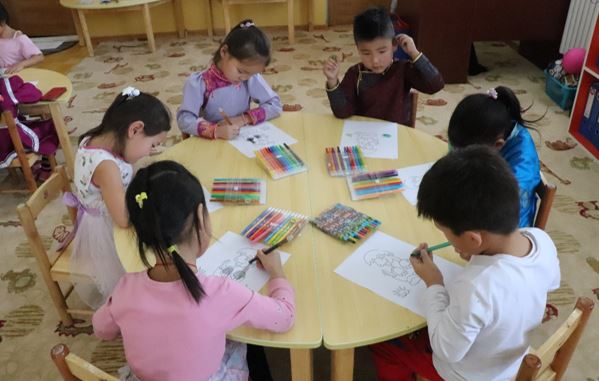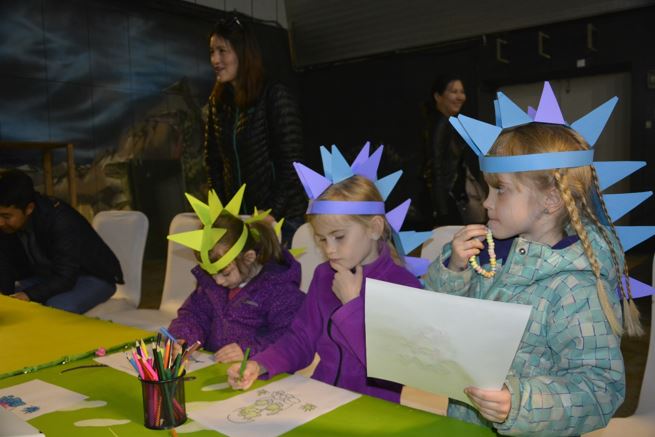

Museum education workers make museums more valuable to the public. They prepare resource materials to explain the objects in the museum's collection, and then bring the objects to life to bring their historical significance to the modern people. They provide an environment or situation for the audience to learn a particular content informally, so people can do their own research and learn something new instead of having to listen to a lecture. They are guided by the museum's education staff. The Natural History Museum's education and community programs include the following main activities: The museum's educational program is based on the institution's holdings, exhibits, and collections, and is designed for the following groups in the form of classroom and non-classroom educational methods.
Juniors
Elementary school students
A student
Adults
People with disabilities
Egg program
The "Egg" program of the museum's education will help preschoolers acquire the basic skills of life-long education by developing their own characteristics, abilities, and creativity. It is to provide a simplified understanding of the studied science, to continuously organize knowledge-based creative activities, to cultivate a spirit of pride and love for the natural history and cultural heritage of our country.
A little paleontologist
Every child is very interested in the thought of how and what kind of people study ancient animals. But the thing that interests their little brains the most is of course dinosaurs. Every child is very interested in how dinosaurs lived. From now on, every child will learn all this by participating in the "Little Paleontology" program about how to study dinosaurs themselves and become museum exhibits.
